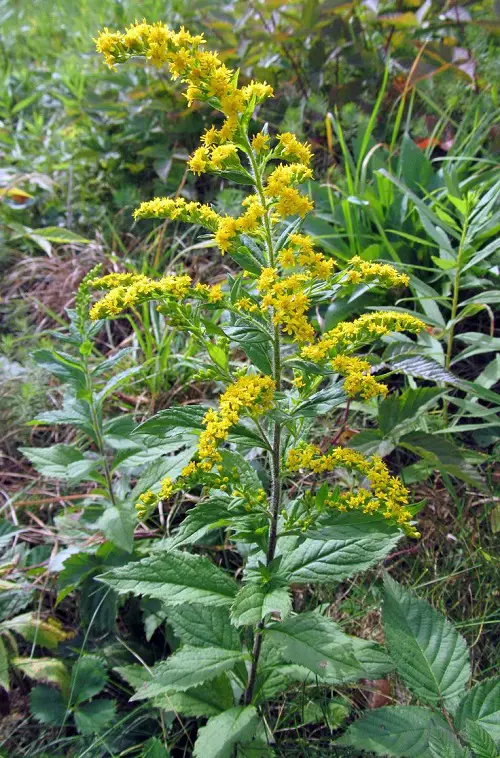Do you know the fascinating story behind the State Flower of Kentucky? Let’s look at it and learn how to grow it!

Do you know about the State Flower of Kentucky? Want to know when and how it was proclaimed? Keep reading!
Here are some of the best flowers for a balcony garden
State Flower of Kentucky

In 1926, Giant Goldenrod was chosen as the official State Flower of Kentucky.
- The botanical name of the State Flower of Kentucky is Solidago gigantea.
- When the state was still deciding which flower should be the official of Kentucky, the War Department stated that the Goldenrod should be chosen because of its connection with the state militia.
- There are around 30 types of Goldenrods that you can easily find in Kentucky.
- Solidago Odora, a variety of Sweet Goldenrod, is the state herb of Delaware.
- The sweet Goldenrod is also the official state flower of Nebraska.
Find out the best perennial flowers of here
Kentucky State Flower Cultural Significance
- The State Flower of Kentucky is culturally related to poetry and art.
- Giant Goldenrod became a symbol of riches and fortune, thanks to its bright and vivid color.
- These flowers are also a symbol of good luck.
How to Grow State Flower for Kentucky

1. Sunlight
Giant Goldenrods love to be in direct and bright sunlight. Ensure the plant gets bright light for the most part of the day. It can tolerate a little shade, though too much can negatively impact its blooming.
2. Soil
The plant is not fussy about the soil and can grow well in the regular garden growing medium. For best growth, amend the soil with plenty of organic matter. Also, make sure it is well draining.
3. Water
Water Giant Goldenrods when the topsoil feels a little dry to the touch. Avoid watering the plant daily as it will attract root rot. Once the plant is established, it becomes somewhat drought-tolerant.
4. Temperature and Humidity
These flowers grow well in the USDA zones between 2a-8b. The plant loves low to moderate humidity levels of 40-45 percent.
5. Fertilizer
The plant is not a heavy feeder and can go well without a fertlizer if you have amended the growing medium with organic matter. To boost the growth, you can use a balanced feed, diluted to 1/2 of its strength, once in 6-8 weeks.
6. Pruning
Pruning can make Goldenrods bushier and fuller, making way for more flowers. Deadheading is also a good practice.
7. Pests & Plant Diseases
Goldenrod is usually not attacked by pests but be careful of aphids and mealybugs. To avoid powdery mildew, leaf spots, and rust fungus, refrain from overwatering the plant and keep it where it gets plenty of air circulation.


